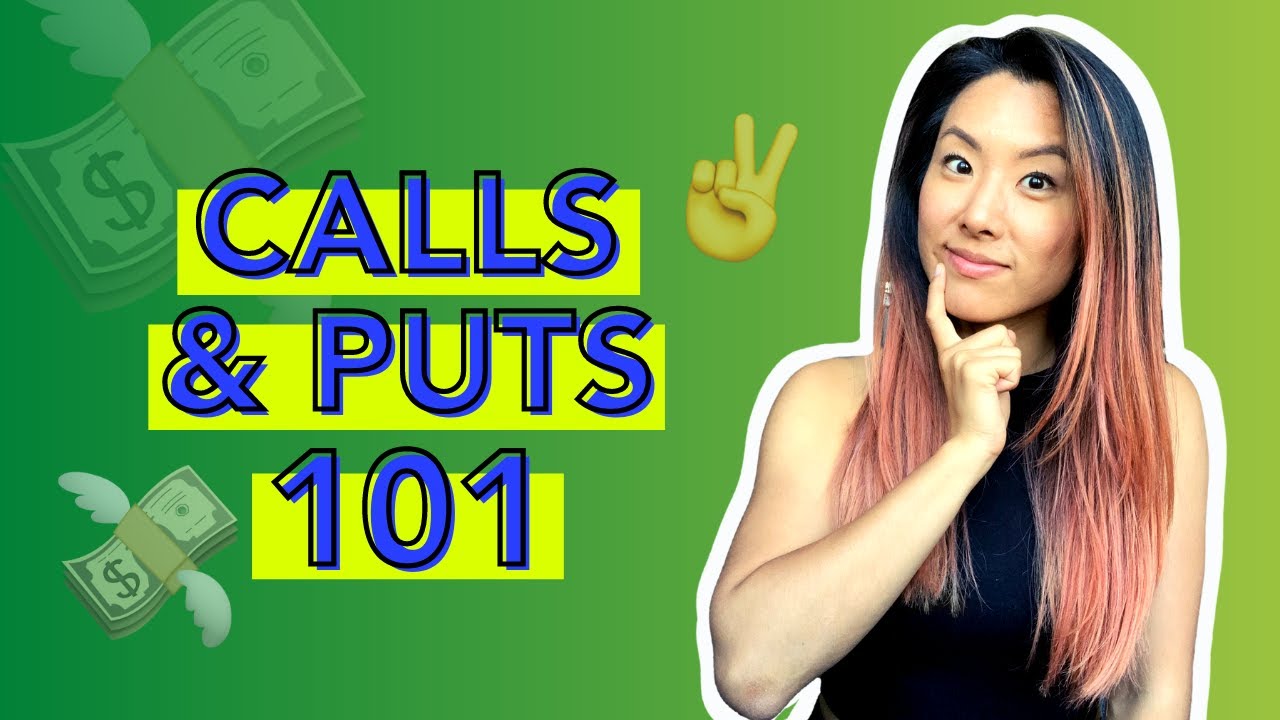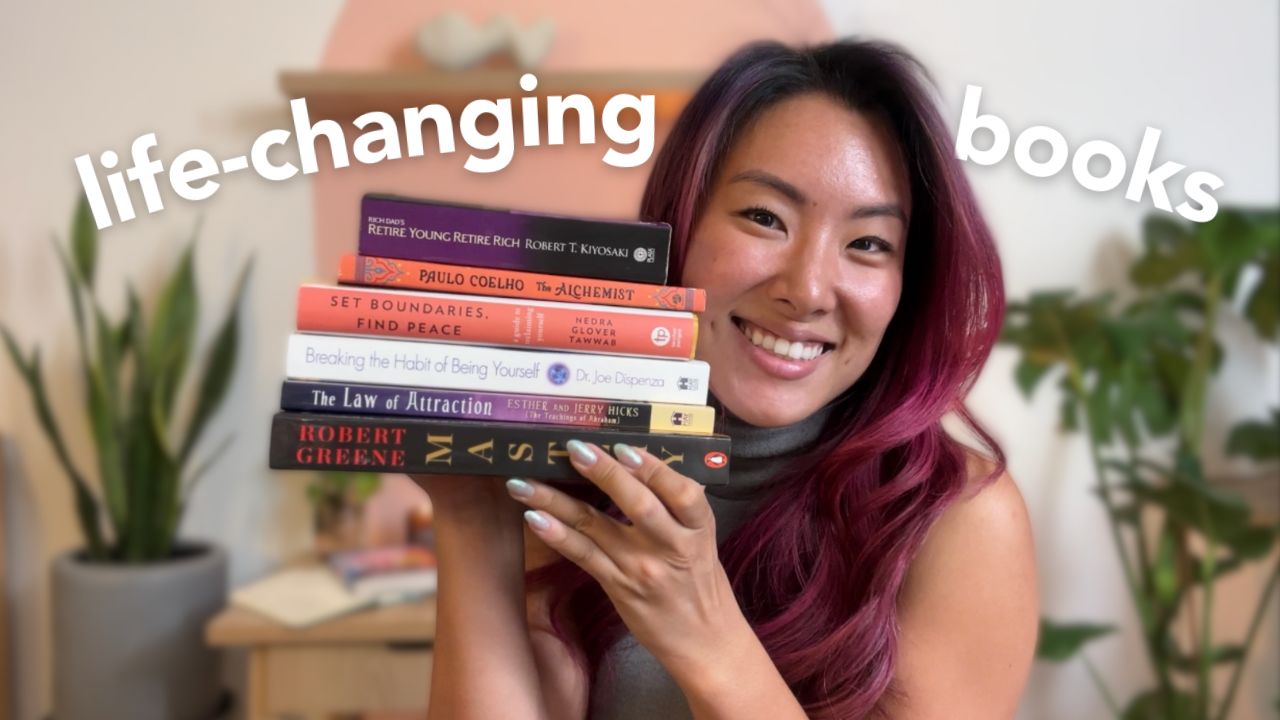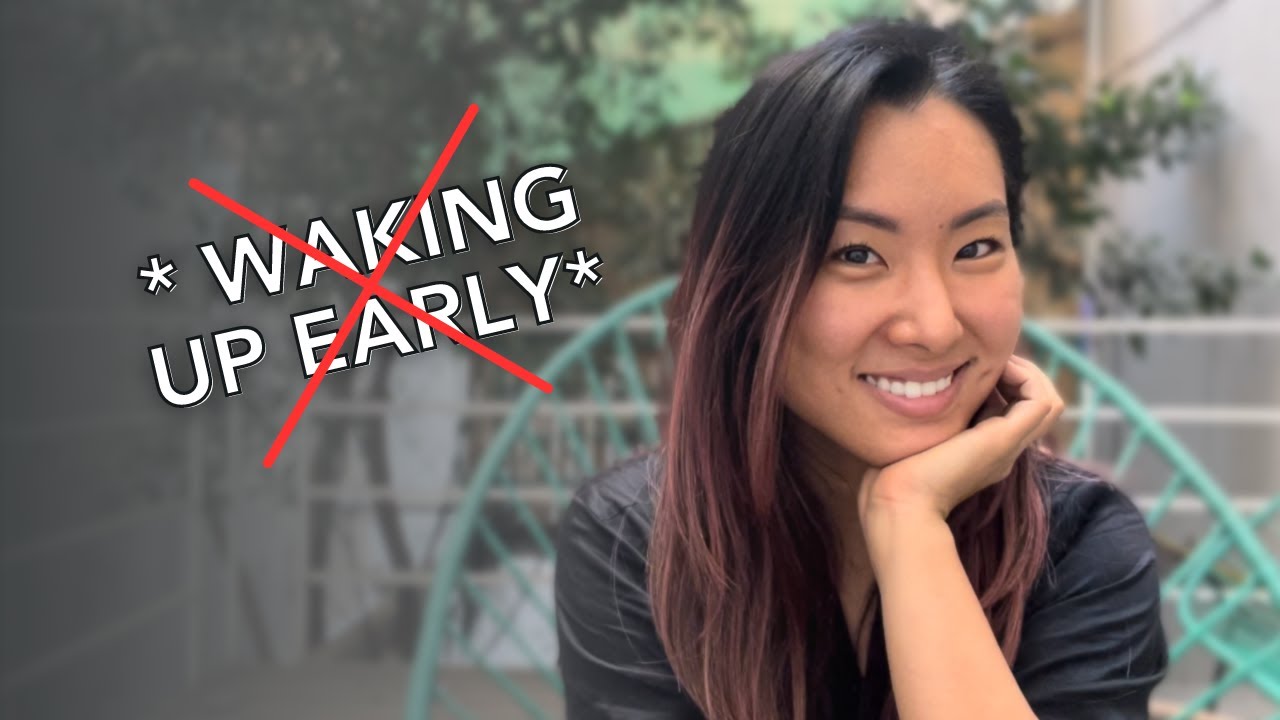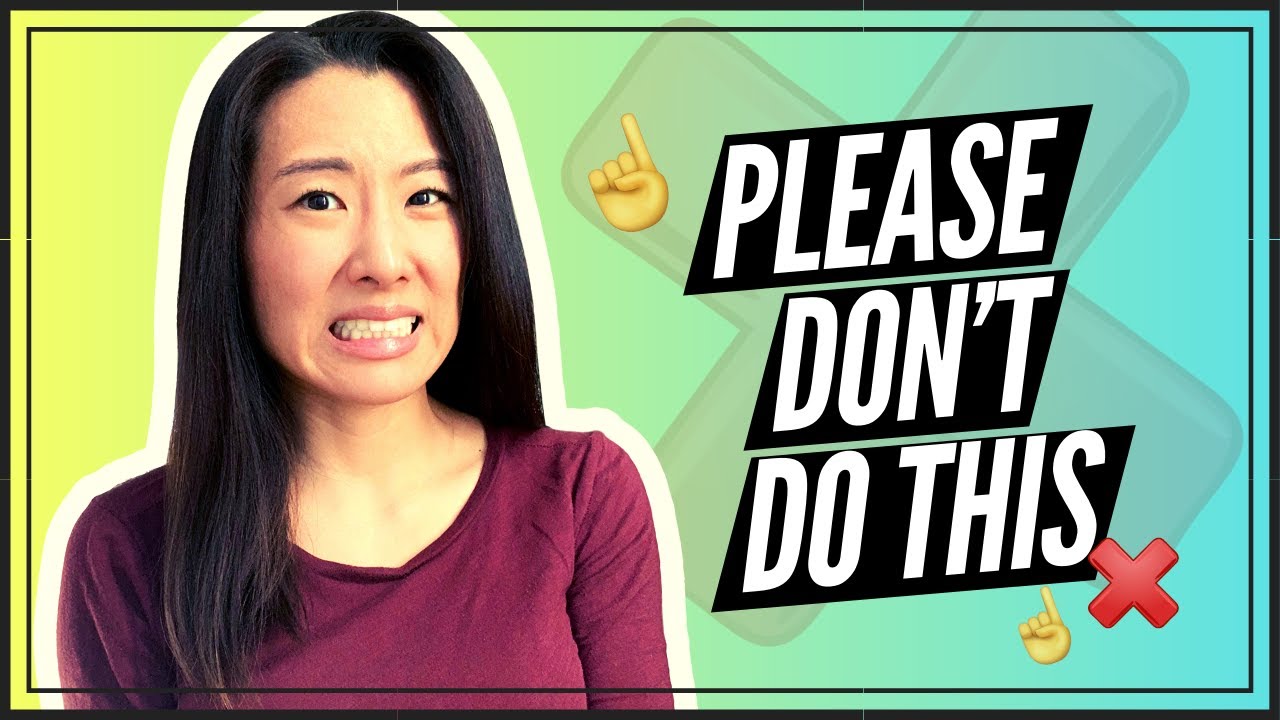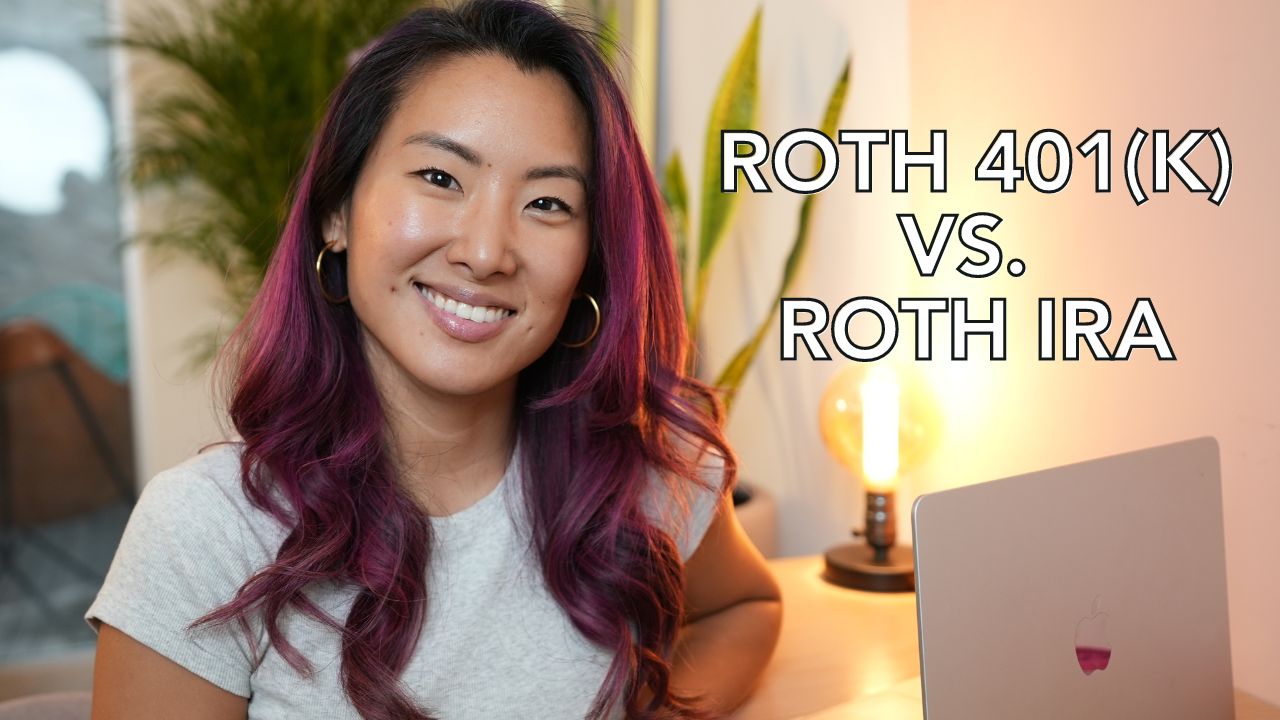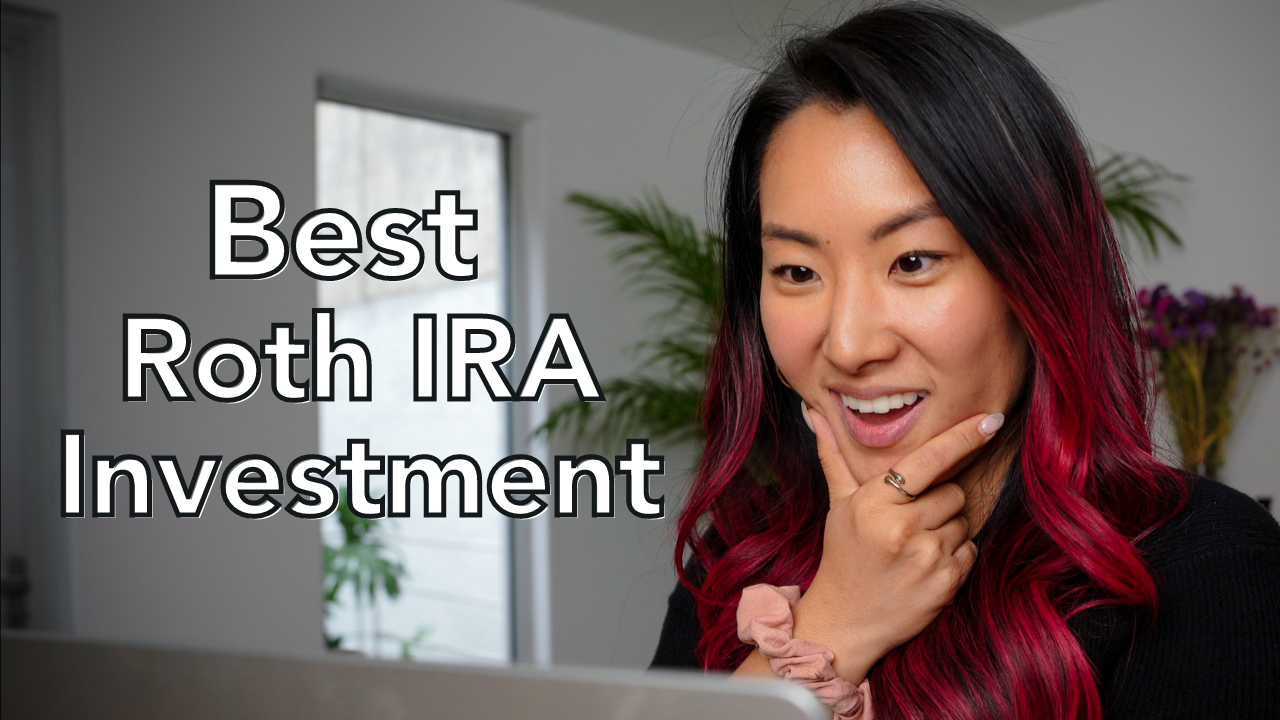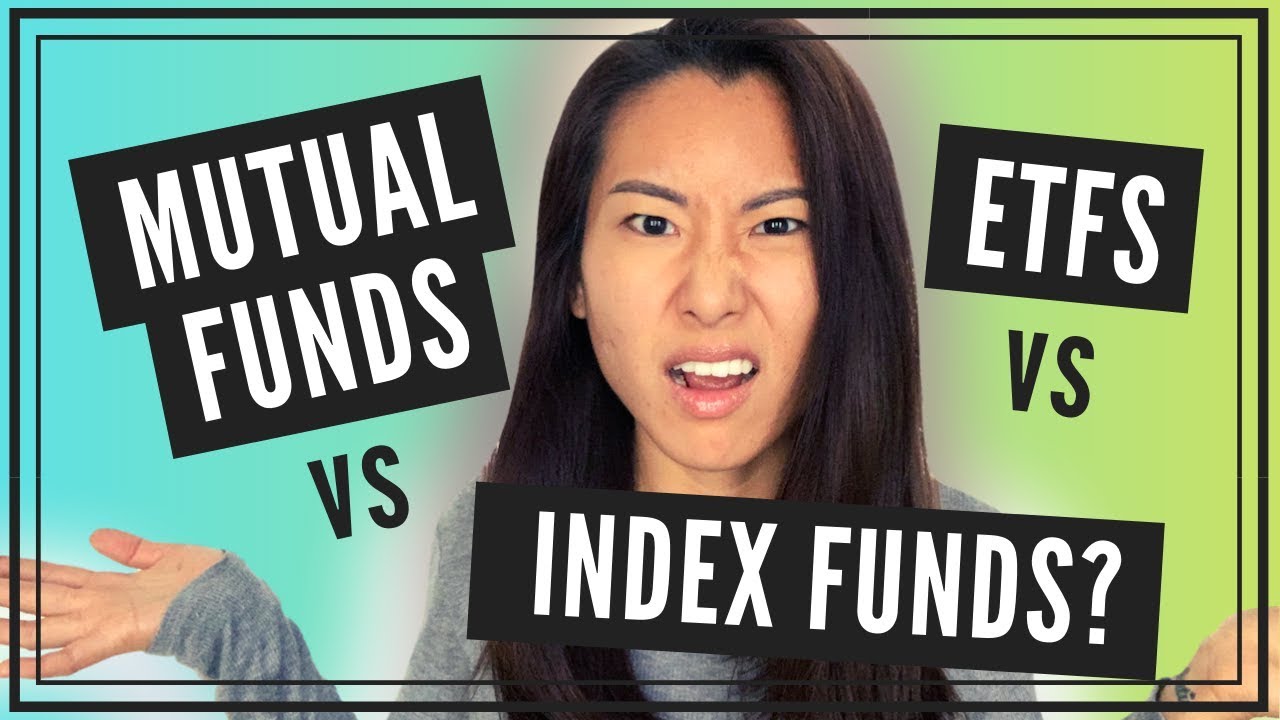Options Trading for Beginners: A Comprehensive Guide with Detailed Examples
Are you curious about options trading but don’t know where to start? Look no further!
This guide will break down the fundamentals of options trading, focusing on calls and puts, with real-world examples to help you understand how it all works.
By the time you finish reading, you’ll be ready to start trading options with confidence.
What are Options?
Options are financial contracts that give you the right, but not the obligation, to buy or sell an asset at a set price before a certain date. In options trading, there are two main types: call options and put options.
Difference Between Stocks and Options
When you buy a stock, you own a piece of a company. Your profit or loss is directly tied to the stock’s price movement.
Options, on the other hand, provide the right to buy (call options) or sell (put options) the stock at a specific price, called the strike price, within a set period.
How Call Options Work
A call option gives you the right to buy a stock at a certain price before the option expires. Let’s walk through an example step-by-step:
1. Buying a Call Option:
Suppose you buy a call option for Apple with a strike price of $145, expiring in one month. The cost of this option, known as the premium, is $5.
2. Stock Price Rises:
If Apple’s stock price rises to $200, you can exercise your option to buy at $145 and sell at $200, making a profit. Your net profit would be $50 ($55 from the stock price increase minus the $5 option cost).
3. Stock Price Falls:
If Apple’s stock price falls to $100, your option expires worthless, and you lose the $5 you paid for the option.
What Happens to the Buyer of a Call Option if Stock Goes Up?
When the stock price goes up, the buyer of a call option benefits. For example, if you have a call option to buy Apple at $145 and the stock price rises to $200, you can exercise your option, buy at $145, and sell at $200, making a profit. After accounting for the $5 premium, your net profit would be $50.
What Happens to the Seller of a Call Option if Stock Goes Up?
If the stock price rises above the strike price, the seller of the call option incurs a loss. In our example, if Apple’s stock price rises to $200, the seller must sell the stock at $145, even though it’s worth $200. The seller’s net loss, after considering the $5 premium received, would be $50.
What Happens to the Buyer of a Call Option if Stock Goes Down?
If the stock price falls below the strike price, the call option expires worthless. The buyer loses the premium paid for the option. For instance, if Apple’s stock price falls to $100, the buyer wouldn’t exercise the option to buy at $145 and would lose the $5 paid for the option.
What Happens to the Seller of a Call Option if Stock Goes Down?
When the stock price falls below the strike price, the call option expires worthless, and the seller keeps the premium received. In our example, if Apple’s stock price drops to $100, the seller keeps the $5 premium without any obligation to sell the stock.
How Put Options Work
A put option gives you the right to sell a stock at a certain price before the option expires. Here’s how it works:
1. Buying a Put Option:
You buy a put option for Apple with a strike price of $145, expiring in one month, costing you $5.
2. Stock Price Falls
If Apple’s stock price falls to $100, you can exercise your option to sell at $145 and buy back at $100, making a profit. Your net profit would be $40 ($45 from the price difference minus the $5 option cost).
3. Stock Price Rises
If Apple’s stock price rises to $200, your option expires worthless, and you lose the $5 you paid for the option.
What Happens to the Buyer of a Put Option if Stock Goes Down?
If the stock price falls below the strike price, the buyer of a put option benefits. For instance, if you have a put option to sell Apple at $145 and the stock price falls to $100, you can exercise your option, sell at $145, and buy back at $100, making a net profit of $40 after the $5 premium.
What Happens to the Seller of a Put Option if Stock Goes Down?
If the stock price falls below the strike price, the seller of the put option incurs a loss. In our example, if Apple’s stock price falls to $100, the seller must buy the stock at $145, even though it’s worth only $100. The seller’s net loss, after considering the $5 premium received, would be $40.
What Happens to the Buyer of a Put Option if Stock Goes Up?
When the stock price rises above the strike price, the put option expires worthless. The buyer loses the premium paid for the option. For example, if Apple’s stock price rises to $200, the buyer wouldn’t exercise the option to sell at $145 and would lose the $5 paid for the option.
What Happens to the Seller of a Put Option if Stock Goes Up?
When the stock price rises above the strike price, the put option expires worthless, and the seller keeps the premium received. In our example, if Apple’s stock price rises to $200, the seller keeps the $5 premium without any obligation to buy the stock.
Summary of Calls vs. Puts
Understanding the differences between calls and puts is crucial for options trading:
- Call Options: Give you the right to buy a stock at a specific price before the option expires.
- Buyer: Benefits if the stock price goes up.
- Seller: Incurs a loss if the stock price goes up.
- Put Options: Give you the right to sell a stock at a specific price before the option expires.
- Buyer: Benefits if the stock price goes down.
- Seller: Incurs a loss if the stock price goes down.
The Contract Multiplier
Options contracts typically represent 100 shares of the underlying stock. This means that the premium you pay or receive must be multiplied by 100 to determine the total cost or revenue from the contract. For example, if an option premium is quoted at $5, the actual cost is $500.
How to Buy/Sell Options (The Options Chain)
When you decide to trade options, you’ll use something called the options chain. This is a list of all available options for a particular stock, including details such as the strike price, expiration date, and premium.
1. Finding the Options Chain
Let’s say you want to trade options on Apple. You would go to your trading platform and look up Apple’s options chain. Here, you’ll see a list of call and put options with various strike prices and expiration dates.
2. Selecting an Option
Suppose you choose a call option with a strike price of $145, expiring in one month. The options chain shows this option costs $1.41 per share. Since each contract represents 100 shares, the total cost would be $141.
3. Executing the Trade
If you decide to buy this call option, you’ll place an order on your trading platform. Conversely, if you choose to sell an option, you’ll receive the premium (in this case, $141) upfront.
Tips for Successful Options Trading
- Educate Yourself Continuously: Stay updated with market trends and learn from books, courses, and online resources.
- Start Small: Begin with small trades to minimize risk and build your understanding.
- Use Tools and Resources: Utilize resources like the Options Trading Starter Kit for practical tools and tips.
- Monitor the Market: Keep an eye on market conditions and news that could affect your trades.
- Maintain an Emergency Fund: Ensure you have a separate fund to cover unexpected expenses, so you don’t need to tap into your investments.
By following these steps, you can avoid common mistakes and increase your chances of success in options trading.
In my video My $400/Day Side Hustle, I share more insights on generating consistent income through strategic trading.
Ready to Start Trading?
Options trading can be a powerful tool for both generating income and managing risk. By mastering the basics of calls and puts and applying the strategies discussed in this guide, you’ll be well-equipped to start your options trading journey with confidence.
Don’t forget to download the Options Trading Starter Kit for additional resources to support your learning. Happy trading!
Recommended Reading to Enhance Your Investing Knowledge
- Unshakeable: This book gives you courage and blasts all the fears and misconceptions you have about investing.
- Think and Grow Rich: The ultimate book on money mindset and wealth consciousness.
